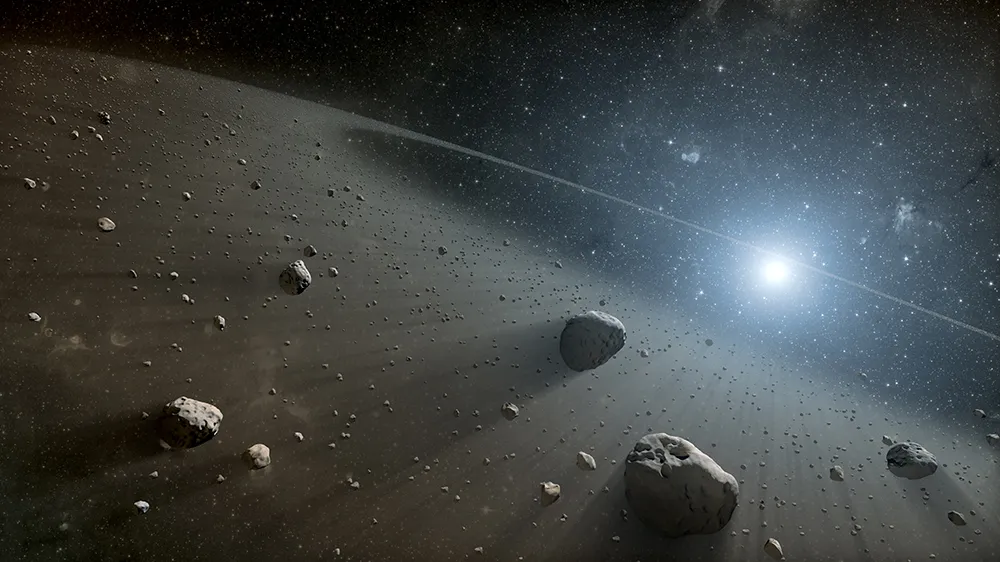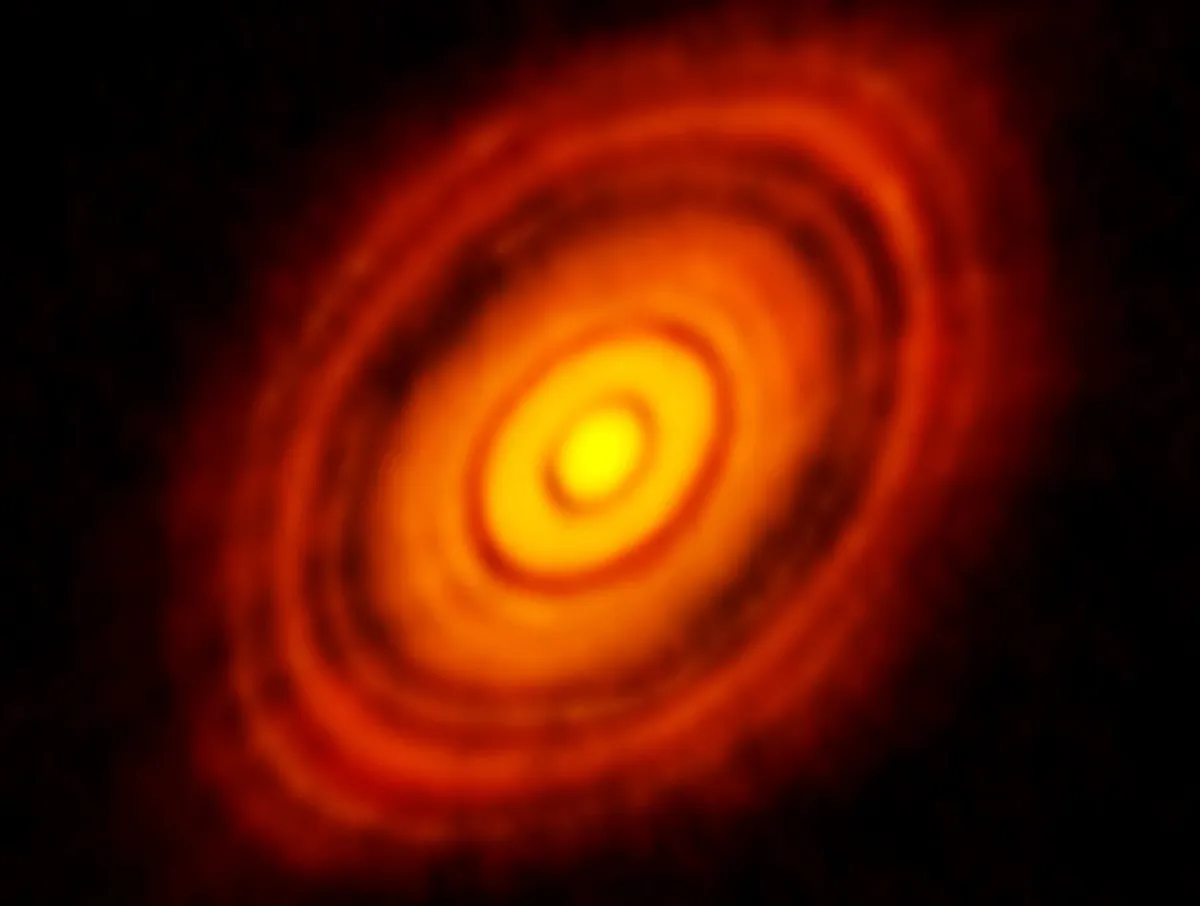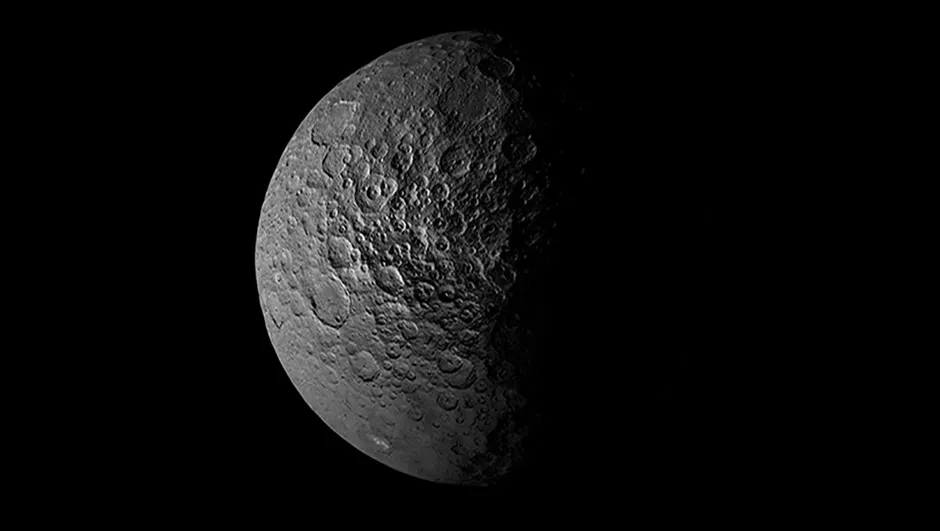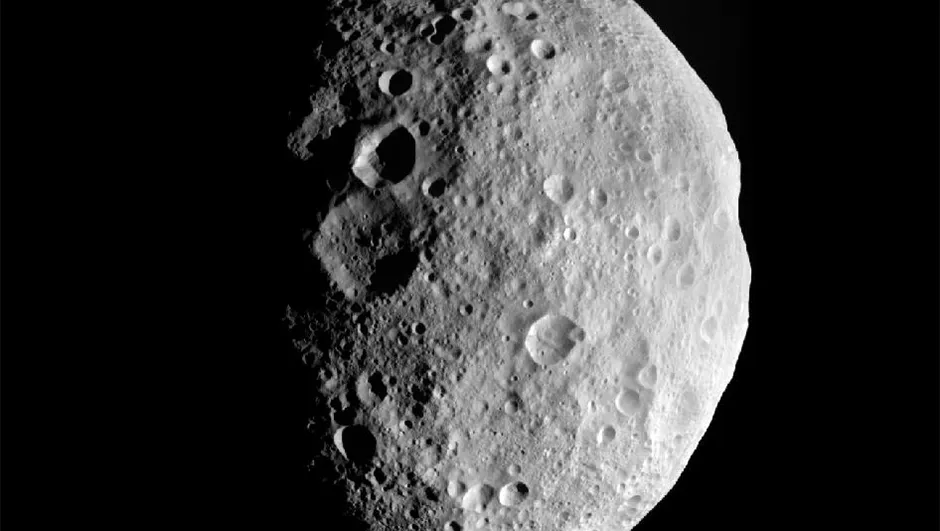Astronomers know a lot about the asteroid belt. Marking the boundary between the inner rocky planets and the outer gas giants, it is the widest swathe of Solar System real estate between Mercury and Neptune that does not contain a major planet.
One of many rings of the Solar System including the rings of Saturn and the Kuiper Belt, do astronomers really have the full history of the asteroid belt?

The total mass of this sparse region of rocky rubble is a mere one-thousandth that of Earth’s, and a single asteroid, Ceres, comprises almost a third of this total mass.
The inner asteroids are mostly dry, S-class (siliceous) objects thought to be most similar to ordinary chondrite meteorites, whereas C-class (carbonaceous) objects dominate the outer belt and are loaded with carbon and water.

The orbits of the asteroids are on the whole what is known as ‘dynamically excited’. Their circuits around the Sun aren’t neat circles within the plane of the Solar System, but have orbital eccentricities of up to 0.3 and can be inclined at angles of over 20°.
Despite how well we can characterise the asteroid belt today, we don’t actually know for certain how it came about in the first place.
Sean Raymond at the Astrophysical Laboratory at the University of Bordeaux and David Nesvorný of the Department of Space Studies, Southwest Research Institute, Colorado have been reviewing what is known about its origins.
How did the asteroid belt form?

The classical view is that the asteroid belt formed within the gassy, dusty disc swirling around the primordial Sun, as a swarm of leftover planetesimals, with an initial mass of perhaps several Earth masses in total.
Over time, so this hypothesis goes, 99.9% of this material was ejected out of this orbital region by gravitational interactions from the planets (including the possible early migration of Jupiter and Saturn)
So the asteroid belt we observe today represents the remnants of a heavily depleted reservoir of planetesimals.

But the opposite process could explain the characteristics of the modern asteroid belt too.
Perhaps this orbital region actually started with no rocky material in it at all, and it has been filled up over Solar System history with planetesimals born elsewhere in the Solar System.
In this way, the sculpting of the asteroid belt may be a story of accumulation rather than depletion.
One clue to what happened, say Raymond and Nesvorný, may be provided by the two largest asteroids, Ceres and Vesta.

While Ceres and Vesta currently occupy relatively close orbits (indeed, there’s a chance they may collide in the next billion years or so) it is likely that they actually formed in vastly different environments in the primordial Solar System.
NASA’s Dawn space probe confirmed that Ceres is rich in water ice and has a composition most similar to carbonaceous chondrite meteorites.

This giant asteroid is thought to have formed in the cold outer Solar System, but was dislodged and implanted into the asteroid belt by the formation of the gas giants.
Vesta’s composition, on the other hand, suggests that it was scattered into the asteroid belt from its birthplace much closer to the Sun. A mark for accumulation perhaps?
Prof Lewis Dartnell is an astrobiologist at the University of Westminster. Lewis was readingOrigin and dynamical evolution of the asteroid belt by Sean N. Raymond and David Nesvorný. Read it online at arxiv.org.
This article originally appeared in the March 2021 issue of BBC Sky at Night Magazine.
